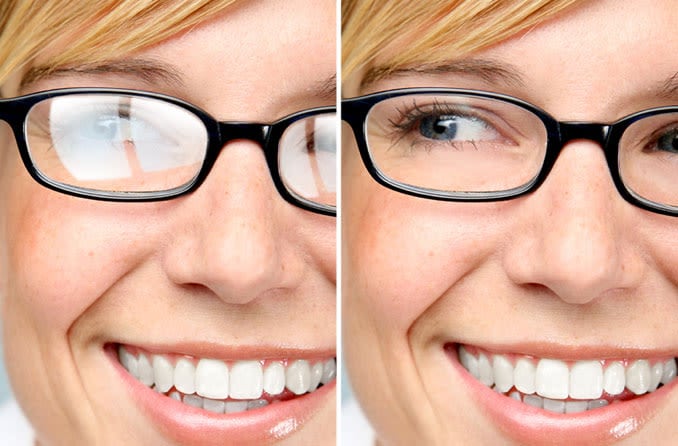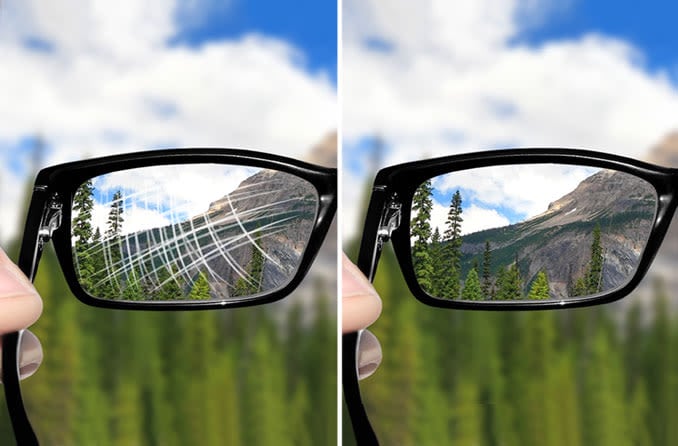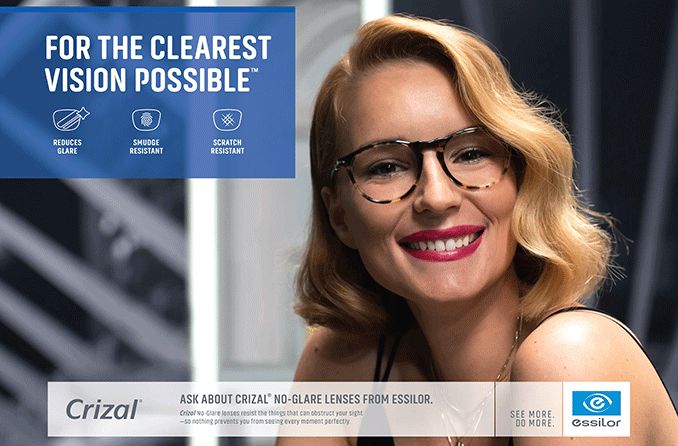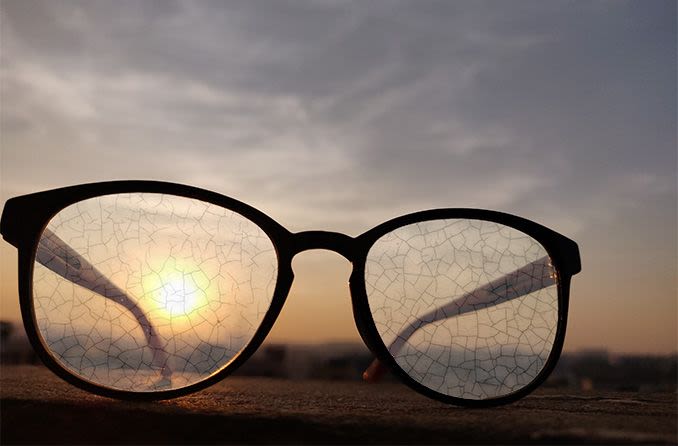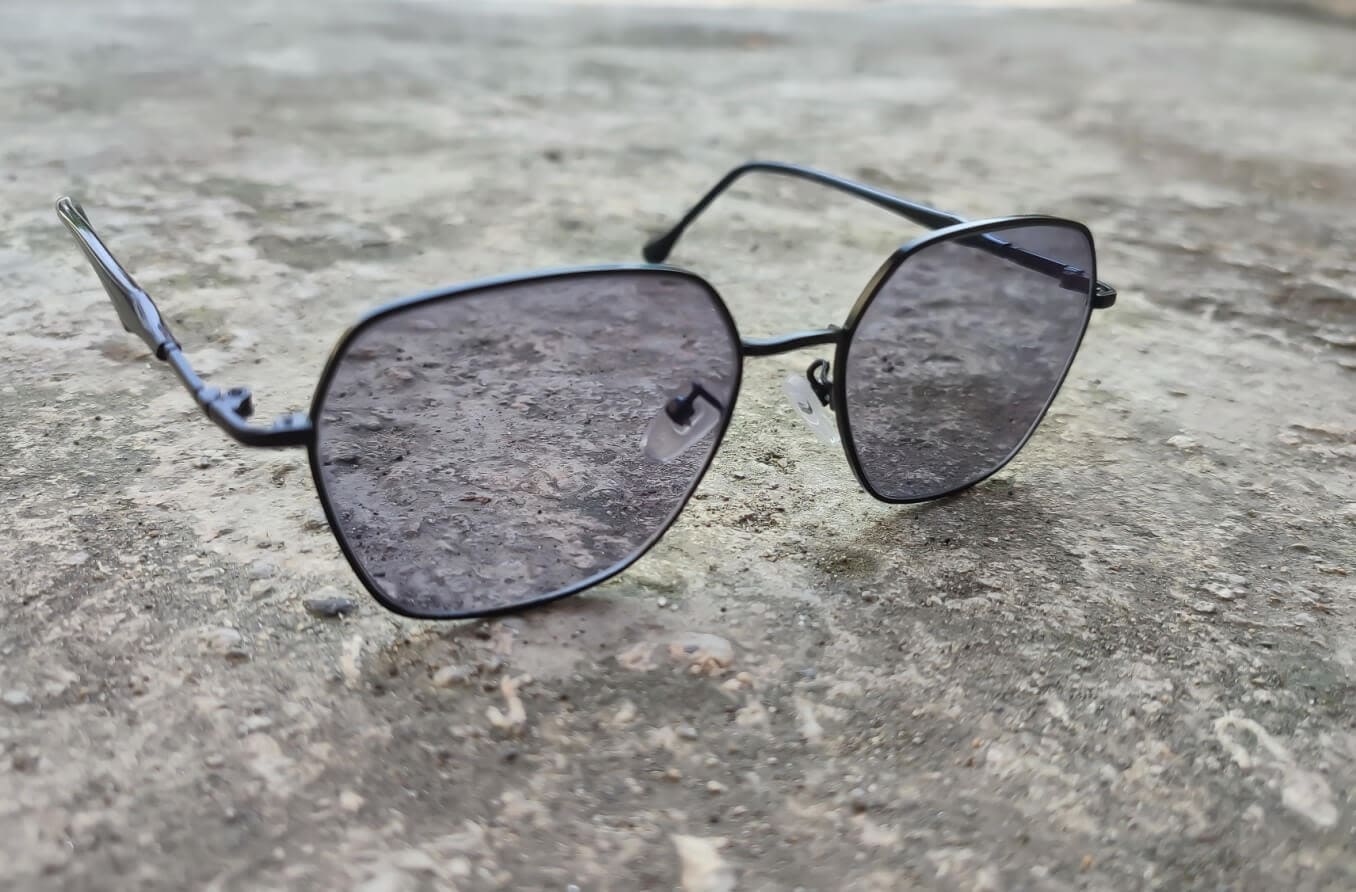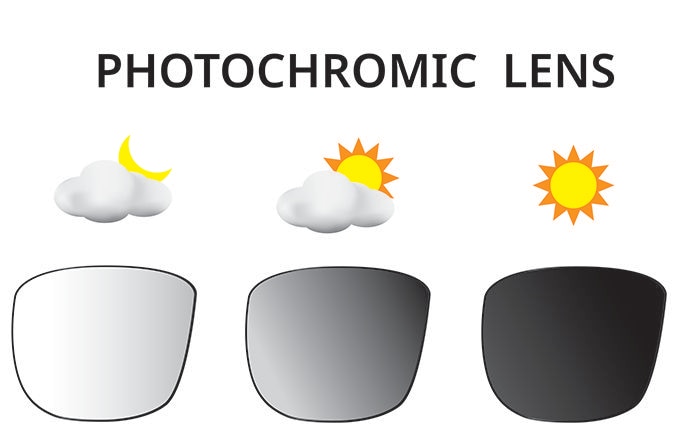Information surrounding blue light is often confusing and conflicting. It’s important to know that there are different types of blue light — some of which are beneficial.
The light spectrum is made up of different colors, each of which has its own wavelength, measured in nanometers (nm).
Colors on the warm end of the spectrum (red, orange and yellow) have longer wavelengths — approximately 580 to 700 nm — which means they carry less energy. Colors on the cool end of the spectrum (green, blue, indigo and violet) have shorter wavelengths of 400 to 550 nm, that carry higher energy frequencies.
Blue-violet light has a wavelength of 415 to 455 nm and is close on the spectrum to ultraviolet (UV) light . Exposure to UV light is responsible for creating sunburns and skin damage that can lead to different skin cancers.
The greatest producer of blue-violet light is sunlight. So, although smartphones, tablets, computers and TVs emit a very small amount, most blue light, even indoors, is from the sun.
During a vision process known as phototransduction — where light hits the rods and cones in the retina and is turned into electrical signals — the eye absorbs greater amounts of blue-violet light than any other kind of light. Blue light can transmit through the cornea and lens within the eye to the back of the retina.
Some researchers have speculated that too much exposure to high-energy, blue-violet light over a person’s lifetime could potentially impact the retina. However, no current studies have mimicked the natural conditions of blue light exposure to a live human eye. Long-term population studies are needed to know for sure, and no definitive research of this kind currently exists.
If you move away from UV light on the color spectrum and closer to green light, you’ll find blue-turquoise light. It has a wavelength of 465 to 495 nm.
Blue-turquoise light helps your eyes by enhancing your visual acuity, contrast acuity and color vision . It contributes to pupil function, physical and emotional health and circadian rhythm.
Your circadian rhythm controls your wake and sleep cycles, and blue-turquoise light assists in keeping it on track. A balanced circadian rhythm helps maintain your hormonal balance, mood and memory.
SEE RELATED: Blue light glasses test

